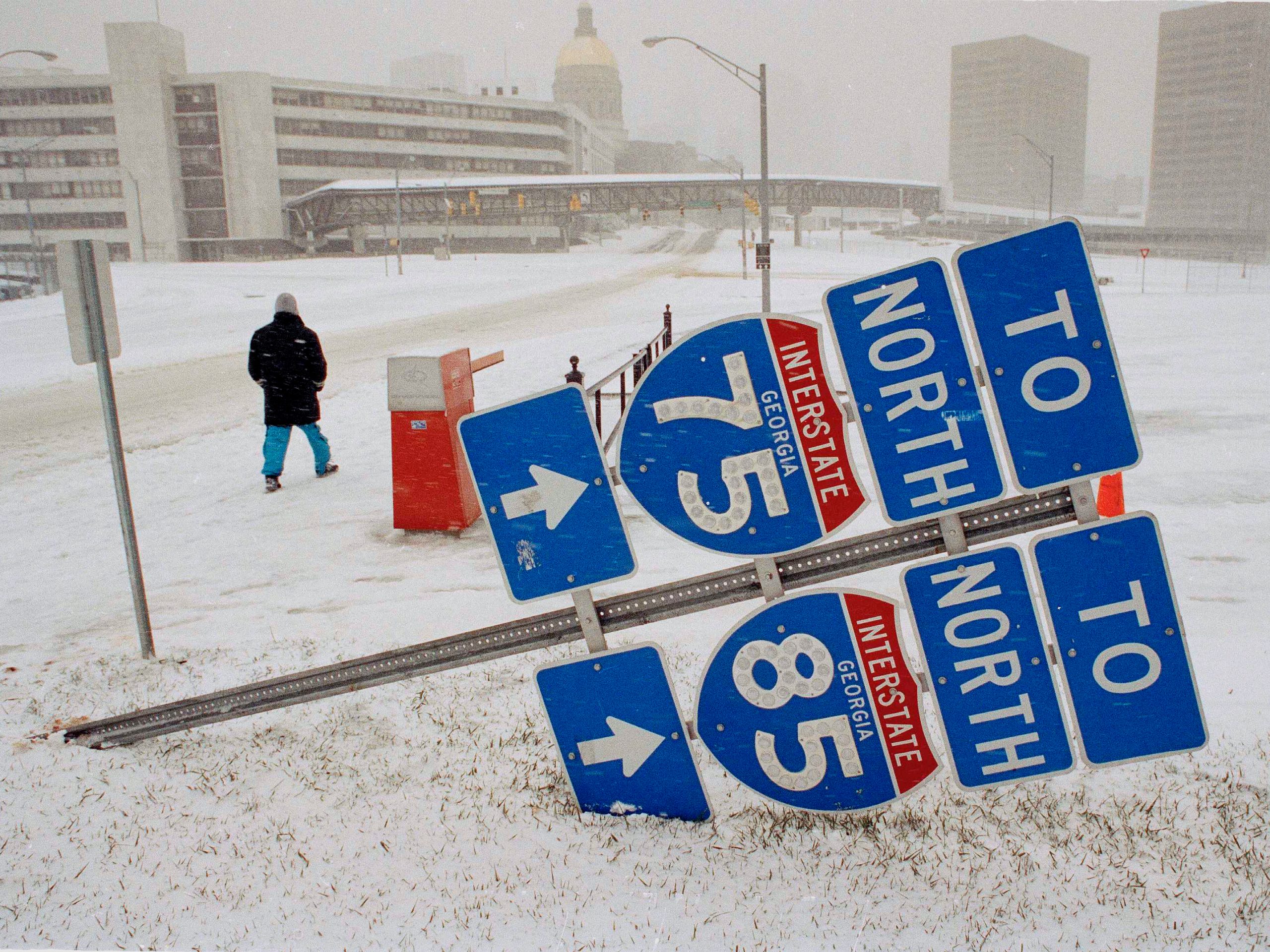- The Great Blizzard of 1888 remains one of the most devastating storms in US history with a death toll of over 400.
- The Blizzard of 1996 resulted in 150 deaths and around $3 million in damages across the Northeast.
- During the bomb cyclone in March 2019, 25 states were affected.
- Visit Insider’s homepage for more stories.
The Knickerbocker Storm, the Storm of the Century, Snowmageddon – it’s the blizzards that earn titles that do the most damage.
Here are 10 blizzards that have brought parts of the US to a standstill.
The Great Blizzard of 1888 remains one of the most devastating storms in US history, with a death toll of over 400.
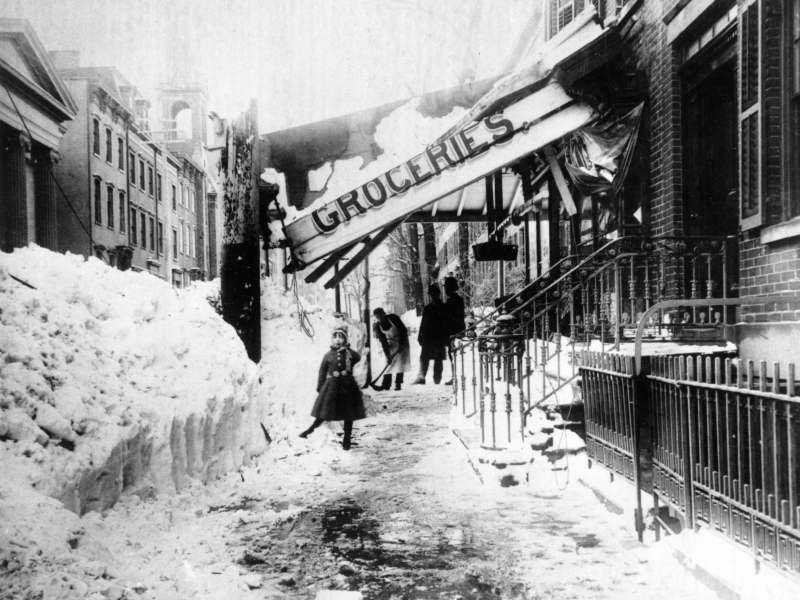
In March 1888, the Great Blizzard of 1888 hit the Atlantic coast. New York was pummeled by 22 inches of snow, closing down the Brooklyn Bridge, while other areas received 40 to 50 inches. Over 400 people died, including 100 seafarers, and the damage totaled $20 million.
The Knickerbocker Storm of 1922 caused the roof of the Knickerbocker Theatre in Washington, DC, to collapse, killing 98 and injuring 133.

Washington, DC, was buried beneath 28 inches of snow in the Knickerbocker Storm of 1922. After the collapse of the theater’s roof, the city’s building codes were updated to require steel I-beams and better supports.
The Great Appalachian Storm of 1950 snarled Thanksgiving weekend travel.

Between 52 and 67 inches of snow covered the central Appalachians over Thanksgiving weekend in 1950. The Category 5 storm caused at least 160 deaths.
The Chicago Blizzard of 1967 covered the city in 23 inches of snow, its highest snowfall on record.
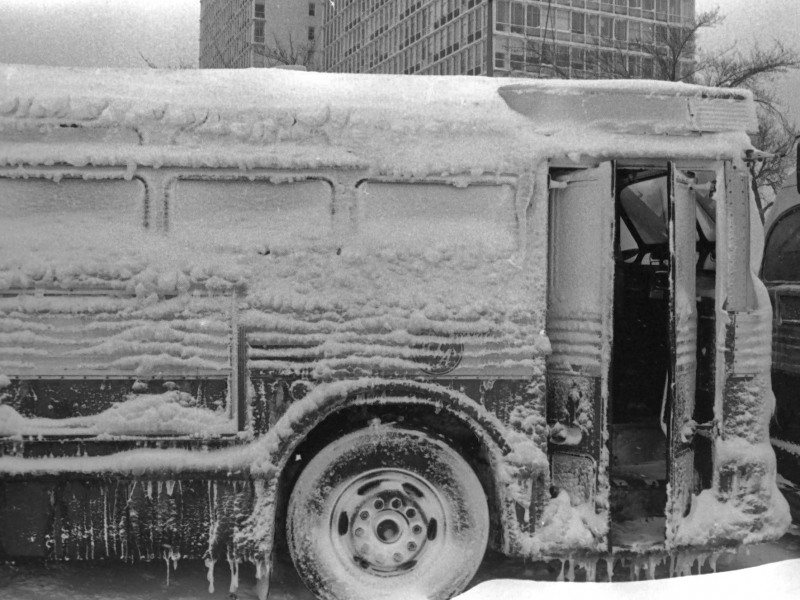
The Chicago Blizzard of 1967 shut down O'Hare Airport and stranded 20,000 cars and 1,100 CTA buses. The damage cost businesses $150 million, and 60 people died.
A huge blizzard that slammed the East Coast in 1993 became known as "the Storm of the Century."

The Storm of the Century caused $5.5 billion in damages with massive snowfalls from Maine all the way down to Florida (parts of which received six inches). The Category 5 storm also created tornadoes and widespread flooding, affecting 120 million people.
The Blizzard of 1996 resulted in 150 deaths and around $3 million in damages across the Northeast.

In the Blizzard of 1996, 20 feet of snow and 50 mph winds wreaked havoc on the Northeast. All three major airports in the New York metropolitan area were closed, and New York City became a ghost town. The blizzard and subsequent flooding resulted in 150 deaths and around $3 billion in damages.
The Great Blizzard of 2003 brought East Coast cities to a standstill.
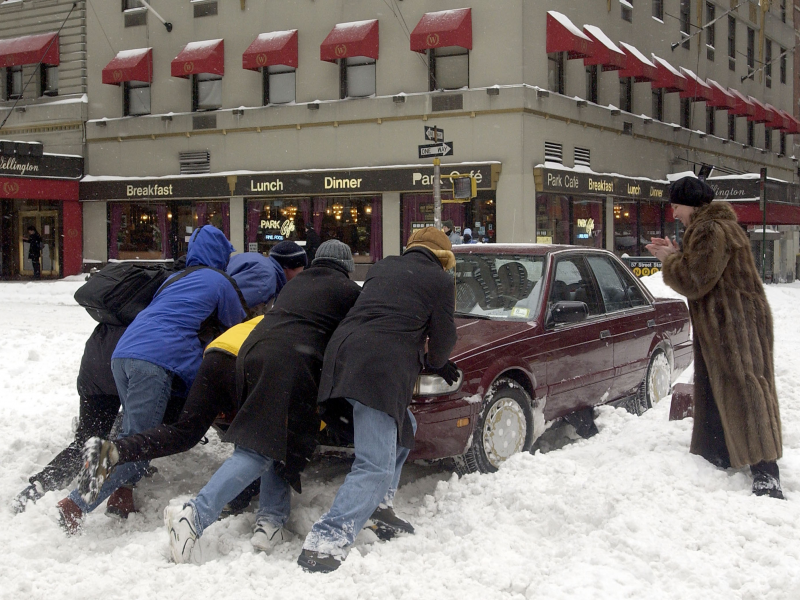
From February 14 to 19, the Great Blizzard of 2003 covered the East Coast in several feet of snow. Parts of New York received two feet. Berkeley Springs, West Virginia, reported 37 inches, and Garrett County, Maryland, was buried in 40 inches.
Around 2,000 flights were canceled, and 20 people died, according to CNN.
There were three major snowstorms in 20 days in February 2010, including "Snowmageddon" in Washington, DC.
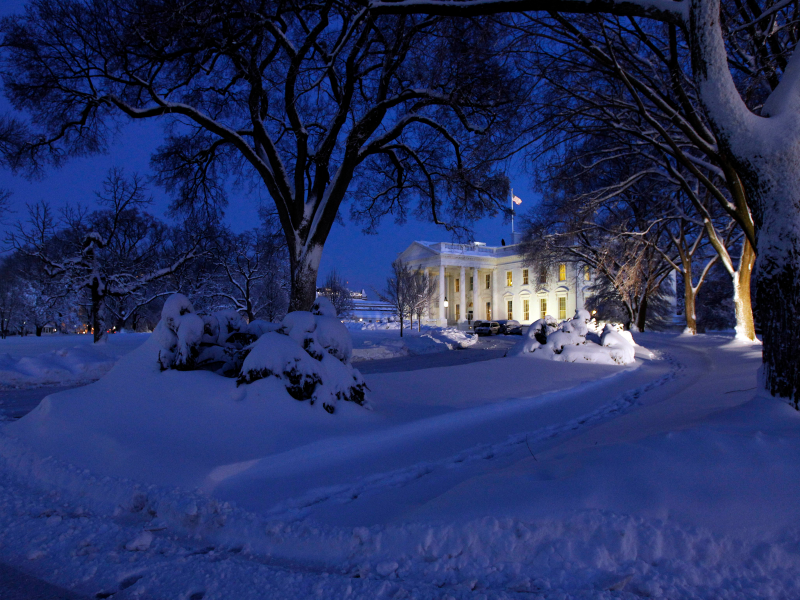
The snowstorm in Washington, DC, on February 5-6, 2010 was dubbed "Snowmageddon" with 17.8 inches of snow. Over 200,000 homes and businesses lost power, according to the Washington Post. Snowmageddon was sandwiched between two other blizzards at the beginning and end of February, prolonging the cleanup process.
"Snowzilla," also known as Winter Storm Jonas, pounded the Northeast and mid-Atlantic with up to three feet of snow in 2016.

Baltimore and Washington, DC, received between 15 and 30 inches of snow. There were 19 deaths reported due to the blizzard, several of them from heart attacks while shoveling snow, according to the Washington Post. In total, around 85 million people were affected by the snowstorm.
The governor of Colorado declared a state of emergency due to a bomb cyclone in March 2019 — a storm that affected 25 states.

"Bomb cyclone" is a meteorological term that describes a hurricane-like storm that develops when a cyclone undergoes "bombogenesis." Bombogenesis happens when a storm system's pressure drops very fast, leading it to intensify.
In Colorado, the 2019 bomb cyclone grounded more than 1,300 flights, left more than 84,000 Colorado residents without power, and killed at least one person. A total of 25 states were affected, from flooding in parts of Nebraska and Iowa to tornadoes in New Mexico to intense winds in Texas.

